Aram Bartholl
english / deutsch
| Arbeiten |
|
Aram Bartholl |
|
|
| Tweet Bubble Series objects 2009 Pocket Tweets, Loud Tweets, Classic Tweets, Paper Tweets |
|
 |
[Keine deutsche Textversion vorhanden.] What would it be like to not only show your latest message online, but also to publicly display it on your T-shirt? |
  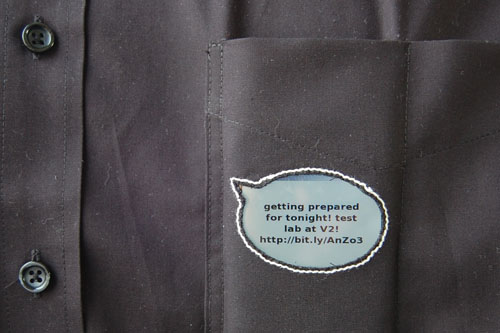   |
Pocket Tweets – a cell phone display enabled Twitter shirt for everyday use. Credits: More pictures on flickr |
   |
Loud Tweets - A LED name badge hacked into a personal Twitter feed scroll ad. More pictures on flickr |
   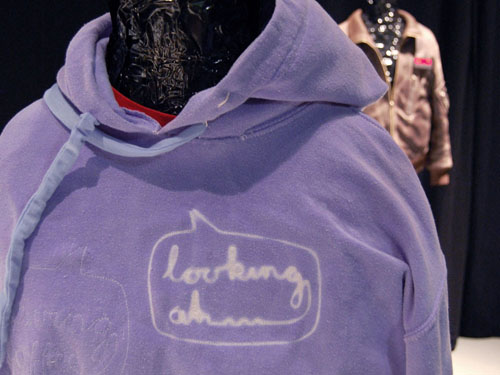  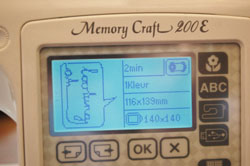  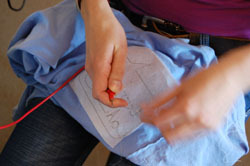 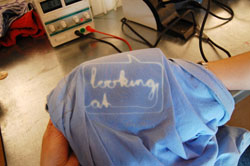 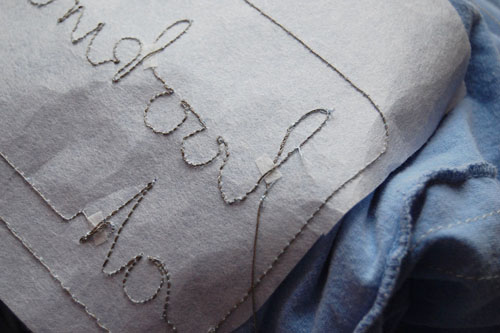 |
Classic Tweets - Standard claims sewn into thermo-chromatic enabled T-shirts. “Having coffee”, “Looking at …” or "retweet" represent a small range of typical Twitter messages. The presence and the need to share the moment are the momentum of the service. The repetitive nature of everyday life is condensed into the Classic Tweets T-shirt. More pictures on flickr |
    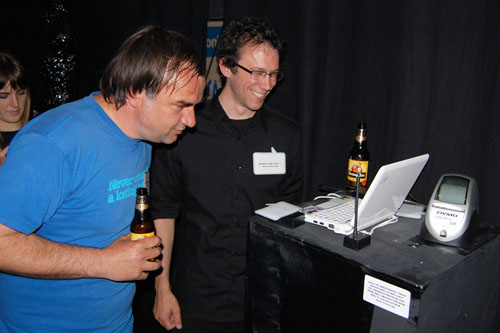 How to join 'Paper Tweets' in 3 simple steps: 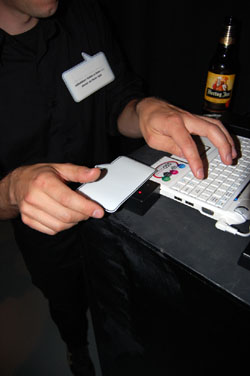 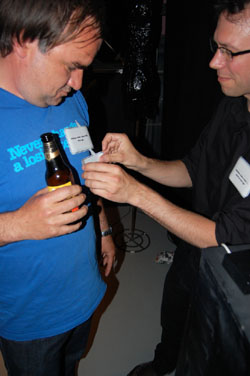 1. Your Twitter ID gets written to an empty, RFID enabled speech bubble badge. ('mvbree' has two accounts) 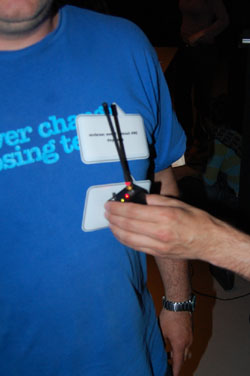 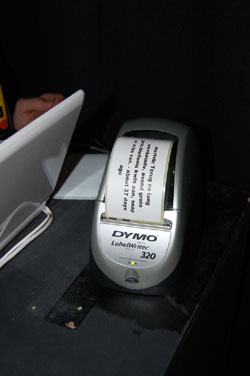 2. A wireless RFID reader tells the computer which Twitter feed to pull from the web to be send to the label printer.  3. Update your account from any device you like. Get regular printed updates of your lates tweet and wear them!   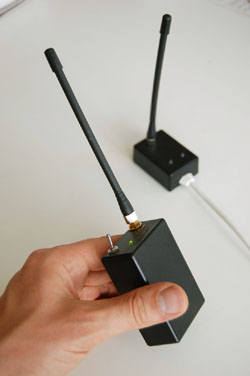 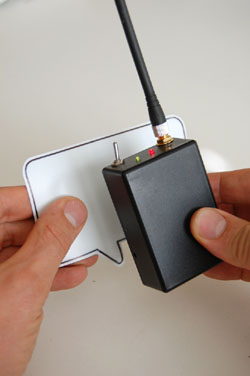 125 Mhz RFID reader/writer, 443 Mhz serial wireless reader 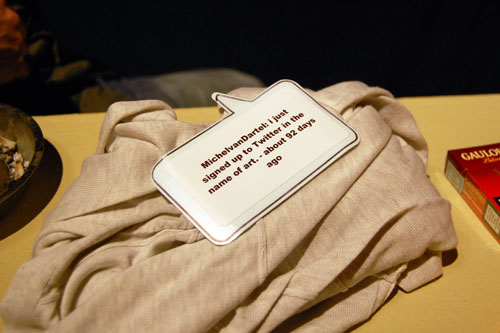 |
Paper Tweets - Twitter messages printed on stickers for crowds. |
|
cc Some rights reserved. All content on this webpage is licensed under Creative Commons license by-nc-sa 3.0 . Aram Bartholl 2017 |